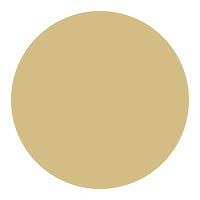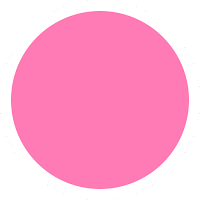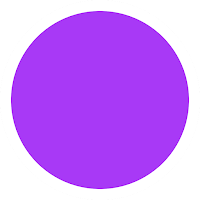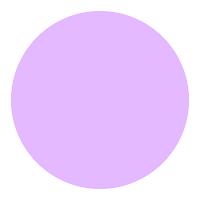Colors are an essential part of a language and can help us describe the world around us. In English, we use colors to describe things like objects, emotions, and even people.
Basic Colors
First, let's start with the most basic colors in English. These are the colors that you probably learned in your first English classes, and they include:
- Red
- Orange
- Yellow
- Green
- Blue
- Purple
- Black
- White
- Gray
We can use these colors to describe almost everything, such as a red apple, a yellow sunflower, or a black cat. To use these colors, simply add the color before the noun you're describing, like "blue car" or "green shirt".
"Color" or "Colour"?
The main difference between "color" and "colour" is their spelling. "Color" is the American English spelling, while "colour" is the British English spelling.
List of Colors
Azure
Blue
Navy blue
Wheat
Yellow
Golden
Orange
Coral
Ivory
White
Silver
Gray/Grey
Charcoal
Black
Brown
Khaki
Red
Scarlet
Crimson
Maroon
Fuchsia
Hot pink
Magenta
Purple
Lavender
Indigo
Cyan
Aquamarine
Teal
Pea green
Olive
Green
Lime
Emerald
Color+ish
The "-ish" suffix is often added to color names to show that the color is not an exact shade. For example, "greenish" might be used to describe a color that is somewhat similar to green, but not quite the same shade.



































Comments
Post a Comment